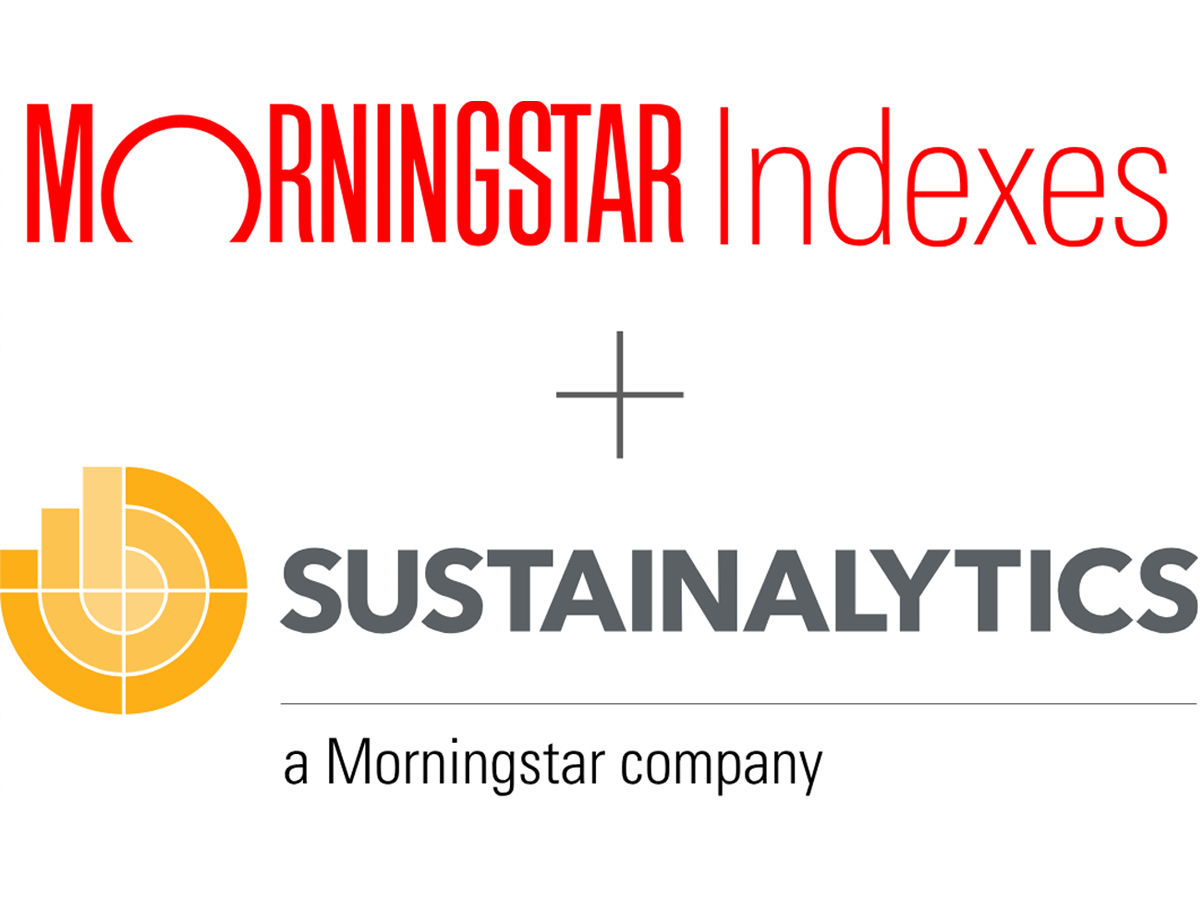In a bid to meet the evolving needs of investors and accelerate the expansion of its ESG data, indexes, ratings, and research, Morningstar is aligning two of its fastest-growing product areas.
The two product areas — Morningstar Sustainalytics and Morningstar Indexes — operate in similar markets, serve a similar set of clients, and have increasingly collaborated with one another in recent years.
Morningstar Sustainalytics provides high-quality, analytical ESG research, ratings and data to institutional investors and companies, while Morningstar Indexes looks to create ESG versions of every index it calculates.
Under the new structure, the leading index capabilities of Morningstar Indexes will be more tightly connected with Morningstar Sustainalytics’ ESG data, ratings, and research. In time, this will deliver a more comprehensive suite of ESG and broader index solutions for clients under the one umbrella.
Each of the two product areas are among Morningstar’s fastest-growing product areas, both experiencing impressive growth in recent years. The Sustainalytics business grew revenue by 30.5 percent in 2022, while the index business lifted revenue by 35.5 percent last year.
Backed by these growth rates, Morningstar considers the increased alignment as an expansion move, rather than a streamlining of the businesses. The firm expects that reaching clients with one voice regarding ESG and ESG indexes will provide a more holistic set of ESG products and services, in a faster and more focused way.
While the two businesses will ultimately remain distinct, Morningstar is looking at what areas of the two businesses to more closely align to create a “one stop shopping experience for ESG needs”, while allowing for the development of a broader array of ESG services.
Morningstar CEO, Kunal Kapoor, said: “Investors are demanding deeper levels of consideration for ESG risk or sustainable impact in their portfolios, and bringing our indexing capabilities closer to our ESG research and solutions will meet that need.”
Enhanced physical climate risk metrics
This news follows recent enhancements to Sustainalytics’ Physical Climate Risk Metrics product, including two new reports offering deeper views into companies’ exposure, loss, and financial resiliency to physical climate risk.
These reports contain new indirect risk metrics that will help to better meet the Task Force on Climate-related Financial Disclosures (TCFD) disclosure recommendations regarding direct and indirect physical risk and provide insight across the entire business value chain.

